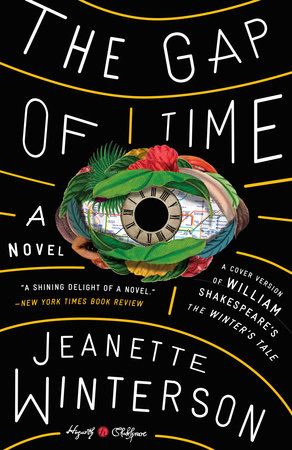I’ve been putting off reviewing Han Kang’s The Vegetarian because I don’t quite know what to say about it, or how I feel about the experience of reading it. Finishing it left me feeling confused, more than anything else, and a bit perplexed at my apparent inability to dig below the layers of allegory and metaphor to discover the book’s message. To be honest, I felt kind of stupid after reading The Vegetarian, and I’m not sure if that can be put down to a serious case of pregnancy brain/actual stupidity, or whether there’s simply a mismatch between my expectations for this book and my experience of reading it.

The Vegetarian is about a woman, Yeong-hye, who begins suffering from traumatic, bloody nightmares that impel her to give up eating meat (apparently still a bit of a no-no in Korean society), and the lengths her husband and family go to in order to convince her to abandon her vegetarianism. The book is told from the perspective first, of Young-hye’s husband, Mr. Cheong, then her sister’s husband (who goes unnamed), and finally, her sister, In-hye. The three narratives unfold in chronological order, so each third of the book takes place sequentially later in the story, meaning Young-hye’s condition deteriorates markedly as the narratives progress.
Each of the characters has his or her own agenda in relation to Young-hye’s sudden and perplexing vegetarianism. For Mr. Cheong, having his wife refuse to eat at important business dinners is a matter of great humiliation, and he attempts to exert his control in increasingly disturbing ways (including rape) to get his wife to go back to eating meat and being as she was before (which, by his account, was anodyne, inoffensive, and “completely unremarkable”). For Young-hye’s brother-in-law, his interest in her health quickly morphs into something sexual, almost fetishistic. He’s a visual artist and becomes obsessed with filming himself having sex with Young-hye while their bodies are covered in paintings of flowers (an idea that was sparked by the revelation that Young-hye, as an adult, still has a Mongolian spot). He ultimately achieves this fantasy but is caught by his wife, Young-hye’s sister, In-hye, and the consequences for their marriage are severe. Meanwhile, In-hye’s motives seem to be the purest. By the time In-hye’s portion of the book arrives, Young-hye is institutionalized and suffering from a combination of what appears to be anorexia and schizophrenia. In-hye is desperate for her sister to eat and recover but doesn’t know the best way to help her, and ends up standing by helplessly as her sister is subjected to force-feeding and other indignities at the institution.
The book traces Young-hye’s drastic deterioration in mental and physical health as each of the three secondary characters tries to exert his or her own influence over her, without success. In the end, Young-hye is miserable and craving death, and so is her sister, the one character who seems to actually care for Young-hye, even if she is misguided in her attempts to help her. (Incidentally: there’s also an implication at the very end of the book that In-hye has made a drastic and life-altering decision that will have horrible consequences down the road, but this passage was written so cryptically that I can’t be sure). The end of the book leaves the reader wondering if Young-hye — or even In-hye — will survive her ordeal, and whether that’s a good or a bad thing.
I finished the book, closed it, re-read a couple passages, and thought, “I’m not sure I get this.” To reduce it to its barest bones, The Vegetarian is the tale of a woman with severe mental health issues who doesn’t get the help she needs from anyone in her life and sinks further and further into misery. Her body is subjected to all manner of intrusive measures, some medical, some sexual, and no one seems willing to listen to her or attempt to understand her. And in the end, there’s no clear resolution. Young-hye is about to die, after suffering for years, and that’s that. It was unclear to me how the author wanted us to feel about this outcome, or whether there was any point to Young-hye’s long, strange ordeal.
The writing is punctuated with strong and often disturbing imagery — bloody entrails, trees with their heads in the ground, unfurling petals, a chunk of meat being shoved into an unwilling mouth — but I wasn’t able to parse out the deeper meaning underpinning those images. I can identify some big themes of this book: control, powerlessness, the strictures of Korean society, the burdens women (and particularly women in more male-dominated societies) bear, and the connection between mental and physical health, to name a few. But I’m not able, at this point, to tie these themes together in a cogent way to tell you what, exactly, this book is about, beyond its plot.
This isn’t necessarily a negative review. I suspect the fault lies with me, the reader, and not with the book. And I did find the book engrossing (and gross!) as I was reading it. But I’m still left with the feeling that I am missing something essential about it, that others are getting something from it that I’m not. Or maybe it’s just pregnancy brain.
(For what it’s worth, here is the New York Times‘s review of the book, which is far more eloquent and scholarly than mine — I read it after I had written this review and felt even more clueless than I already did. Oh, well).
I received this book from the Blogging for Books program in exchange for this review.



